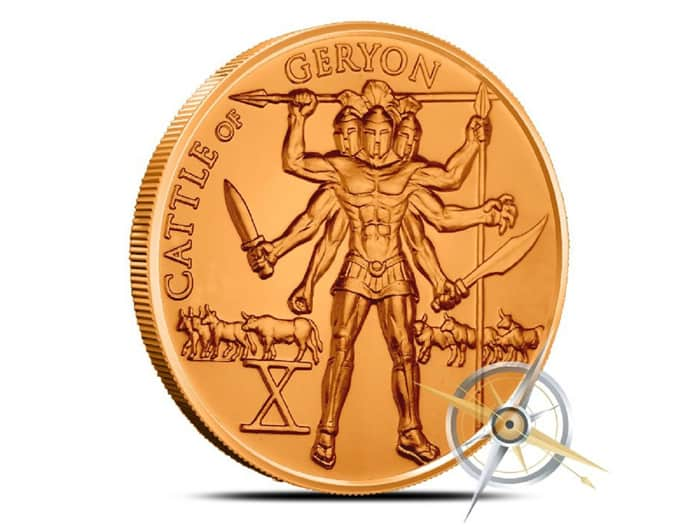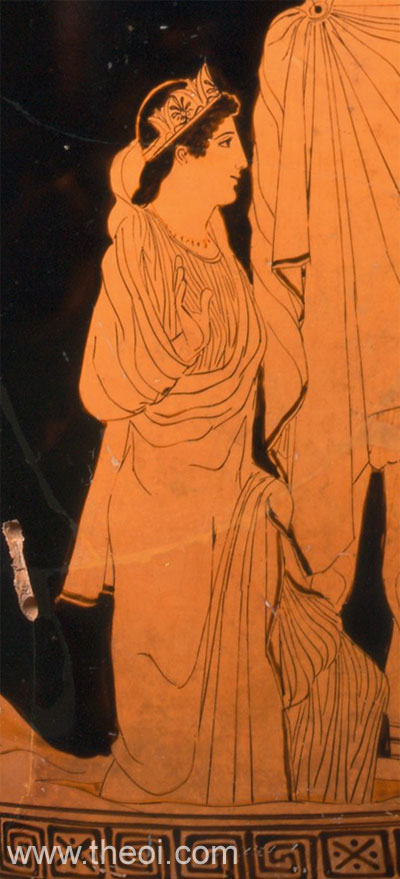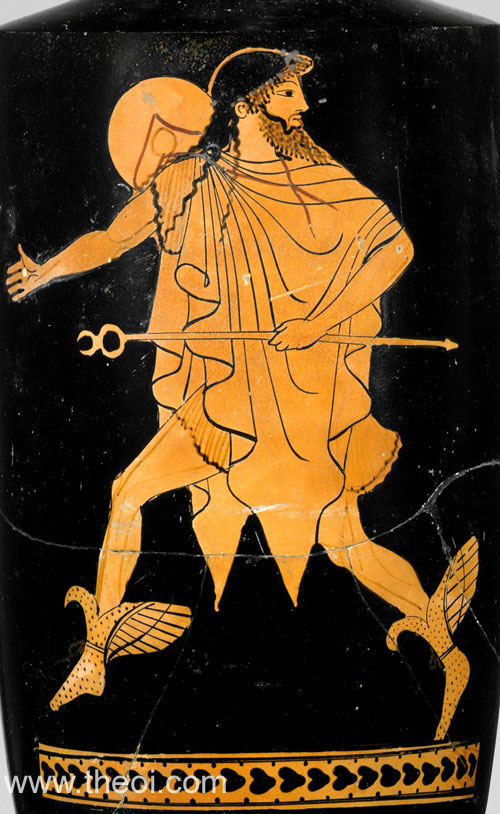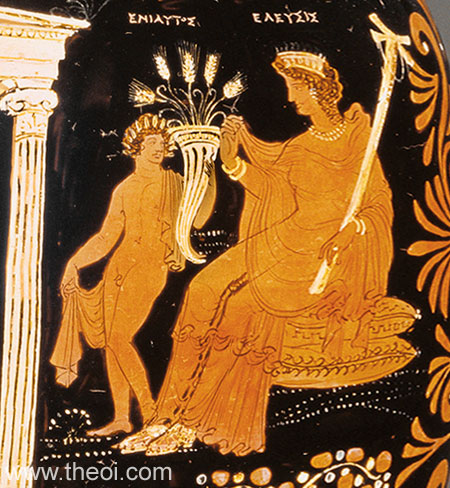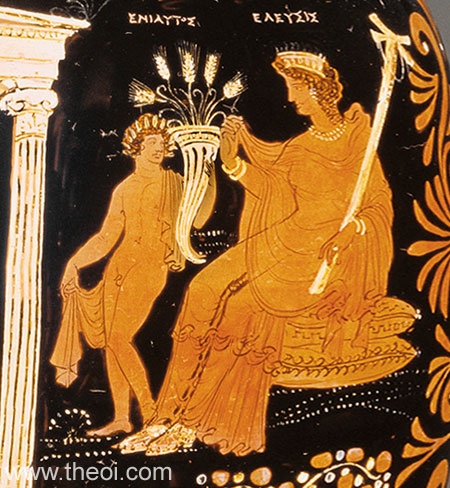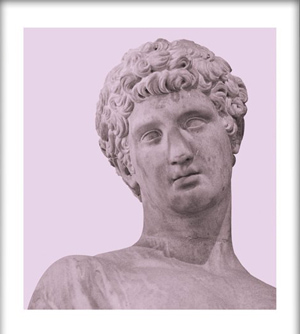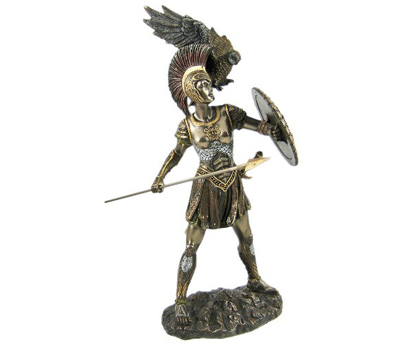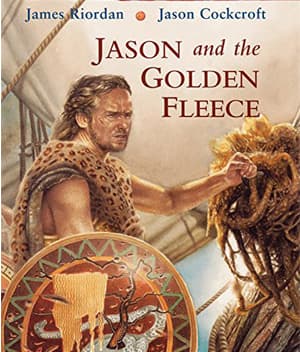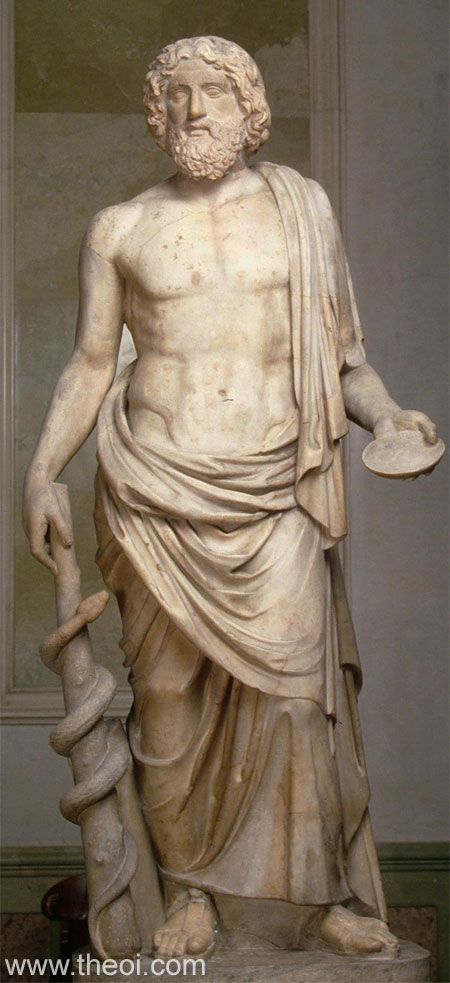In Germanic and Norse mythology, Thor is the god of thunder who carries a magical hammer that only he can lift. This hammer is called a Mjollnir and is Thor’s most iconic symbol. His Mjollnir would return to him like a boomerang when he threw it into the sky.
In addition to being the god of thunder, Thor is also the god of lightning, storms, strength, and protection. He is sometimes associated with fertility, protecting mankind, and blessing weddings.
Thor possessed long red hair and a beard. He often displays a quick temper and is quick to engage in violence, even if violence may not be necessary.
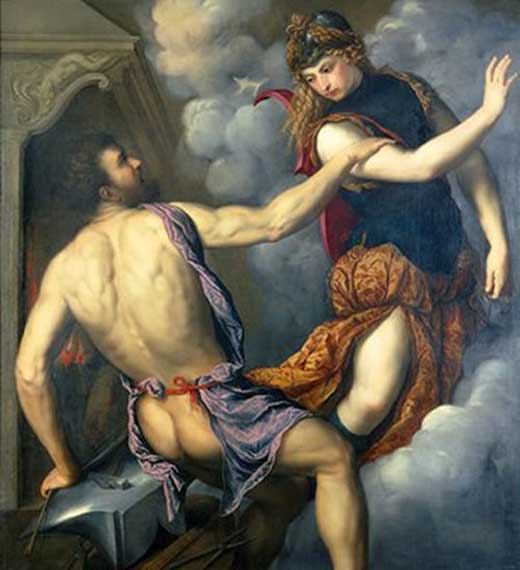
Image via wikipedia.org
Thor’s Early Life
Thor is the son of Odin, the god of wisdom, poetry, healing, and death. Odin is also known as being the ruler of the gods. Thor’s mother is Jord, the personification of earth. Thor is considered an Aesir god. In Germanic or Norse mythology, an Aesir god is a warrior god, which is why Thor is commonly seen in combat in his later life.
Thor is from a realm of gods called Asgard and a realm of humans called Midgard. Asgard is similar to Mount Olympus in Greek mythology. Both of these realms Thor would have to defend later in his life.
Quick Facts About Thor
- Thor married the Norse goddess Sif. Sif is the goddess of the earth.
- In addition to his hammer, Thor also possessed a belt and gloves. The belt is called the Megingjord, which is a combination of Megin, meaning strength and gjord, meaning belt, making Megingjord’s literal translation strong belt. Thor’s gloves are called Jarngreipr, which translates to iron grippers or iron gauntlets.
- Thor rode a chariot that was pulled by two massive goats. These goats were called Tanngnjostr and Tanngrisnor. Norse mythology would describe thunder as the sound of Thor’s chariot being pulled through the sky.
- Today, the day of the week, Thursday is a variation of Thor’s day, named after the Norse god Thor.
Greek God Equivalent of Thor
Because Thor is a Norse god, he is not considered a god in Greek mythology; however, like most mythology, there is a Greek equivalent to Roman, Norse, and g. Therefore, if you wanted to look at Thor as a Greek god, you would look at the Greek god, Zeus. Thor and Zeus are both powerful gods, making them extremely similar.
In Greek mythology, Zeus is also called the god of thunder, but he encompasses many more responsibilities and powers.
Zeus is the god of the sky, which includes thunder, lightning, rain, and weather, but more than that, he is the king of the gods. Unlike Thor, who would commonly react with great impulsive violence, Zeus possessed more wisdom, discern, fairness, and justice.
Differences between Thor and Zeus
The first main difference between Thor and Zeus comes from each god’s relationship with his father.
Thor was extremely close with his father, Odin, while Zeus hated his father, Titan god Cronus.
Thor cannot throw lightning bolts and thunderbolts the way Zeus can; however, Thor possesses his magical hammer Mjollnir which can produce the same result as the thunderbolts of Zeus.
Conclusion
Thor has become one of the most iconic Norse gods because of his iconic hammer and prominent status he possesses in Asgard. Marvel Comics and Marvel Studios have helped tell Thor’s story through both the Thor and Avengers movies series.
While these cinematic portrayals of the Norse god are slightly different than the original mythology (for example, Thor’s hair was really read instead of blond), Marvel Comics and Marvel Studios have depicted this Norse god with a majority of accuracy.
